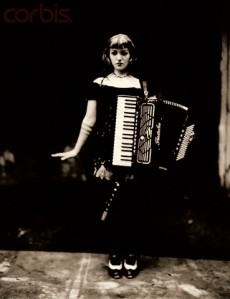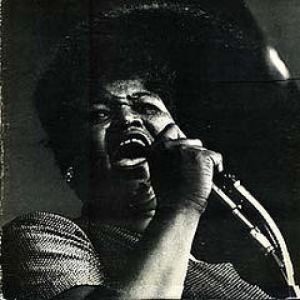In honor of Women’s History Month, we’re celebrating overlooked and lesser known female musical artists from around the world. Though they may not be household names, in many cases they served as key influences on other artists who went on to be critical and commercial sensations. Their influence can still be felt strongly in the much of the music we listen to today, and many of them have fans and admirers from among today’s current music scene. In other words, these are artist’s artists—the ones in your favorite musicians’ personal record collections. So hunt them down, check them out, and let them show you why their names and their music should be on your lips. And while you’re at it, drop us a comment and let us know some of your favorite female musicians.
————————————————————————
Karen Dalton (1938-1993)
Karen Dalton was one of the most unique, but least known members of the 1960s Greenwich Village folk music scene. Born to a Cherokee mother in Oklahoma in 1938, Dalton moved to New York City in 1960 and soon became a fixture on the coffeehouse folk circuit, playing with the likes of Fred Neil and Bob Dylan. Because she was an interpreter of other people’s songs, rather than a songwriter herself (like many in the scene at the time) she garnered less attention than some of her contemporaries. Another reason for Dalton’s lukewarm reception is also her greatest asset: her voice. Described by many as sounding like a rural folk version of Billie Holiday, Dalton’s voice is something to behold. Although perhaps an acquired taste, its otherworldly sound is like a force of nature. Dalton was uncomfortable performing live and hated the act of recording, resulting in only two studio albums released in her lifetime. After her records failed to arouse much interest, she drifted away from music and into depression, alcohol, and drugs, eventually ending up living on the streets of New York. She died in 1993. Karen Dalton’s music has been championed by several musical giants over the years, including Bob Dylan, the Band, and Nick Cave. Cave even went so far as to call her his “favorite female blues singer.” Some rare live recordings of Dalton’s from the 1960s have recently been uncovered and released to rave reviews.
Watch Karen Dalton performing live in New York City in 1969 below.
[youtube=http://www.youtube.com/watch?v=y-BIKjypNsE]

 In honor of Women’s History Month, we’re celebrating overlooked and lesser known female musical artists from around the world. Though they may not be household names, in many cases they served as key influences on other artists who went on to be critical and commercial sensations. Their influence can still be felt strongly in the much of the music we listen to today, and many of them have fans and admirers from among today’s current music scene. In other words, these are artist’s artists—the ones in your favorite musicians’ personal record collections. So hunt them down, check them out, and let them show you why their names and their music should be on your lips. And while you’re at it, drop us a comment and let us know some of your favorite female musicians.
In honor of Women’s History Month, we’re celebrating overlooked and lesser known female musical artists from around the world. Though they may not be household names, in many cases they served as key influences on other artists who went on to be critical and commercial sensations. Their influence can still be felt strongly in the much of the music we listen to today, and many of them have fans and admirers from among today’s current music scene. In other words, these are artist’s artists—the ones in your favorite musicians’ personal record collections. So hunt them down, check them out, and let them show you why their names and their music should be on your lips. And while you’re at it, drop us a comment and let us know some of your favorite female musicians. 